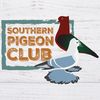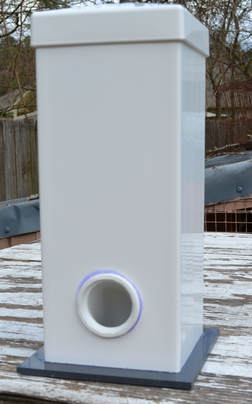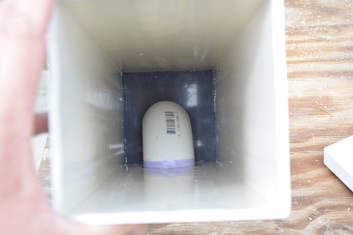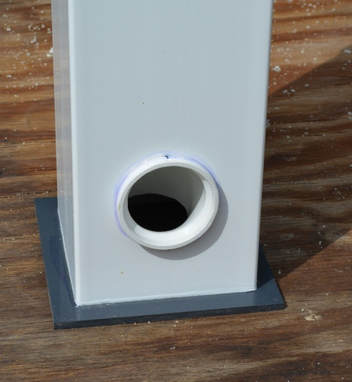Pigeons. A Somewhat Unknown Cult Phenomenon
By Dean Pushard
Two years ago, I had no knowledge of the exciting gift that owning pigeons is. One afternoon, I was standing in my kitchen cooking when my then five-year-old son said, “hey dad, they’re shooting pigeons”. At first, I assumed he was talking about clay pigeons. I asked him if they were clay discs. He excitedly told me, “no live pigeons”. My brain then went to dove. That made a lot more sense in my mind. I walked out into the living room intrigued but still a little confused. On the television was an episode of Steven Rinella’s “Meateater”. It was season six, episode one titled, Southern Traditions: Virginia Doves. In this episode, Steven was hunting doves and pigeons in Virginia with a friend of his named Ron Boehme. I did not know it yet but at that moment, my life was changed forever. I immediately started Googling information on hunting pigeons. As an avid hunter, I was confused as to why I had never been confronted with or invited on a pigeon hunt. As I browsed through the pictures, I started to encounter very odd-looking pigeons. Pigeons with stunning colorations, weird hairstyles, big dramatic feathers on their legs. I was in awe. I also instantly wanted to know more about them. I spent most of that afternoon just finding all the information I could absorb. This was my introduction to the world of fancy pigeons.
The initial excitement to hunt pigeons quickly disappeared. Now I wanted to own them, nurture them, tell the world about them. My first task was to convince my wife that we needed pet pigeons. This would prove a bit difficult. Her first reaction was that I was completely insane. An expected reaction I suppose. I mean at this point, I was questioning my own sanity. I showed her the most stunning pictures I could find on the internet. I gave her the brief history of them. How they were used in wars, by royalty, and in other capacities to great success. They were obviously very intelligent animals. That is exactly what kind of pets we needed, those of above average intellect. She slowly warmed up to the idea, just enough to allow it. She never understood the purpose, and possibly still does not completely today. She supports me in my pigeon endeavors though, and I could not ask for anything more.
In the beginning, I did what most inexperienced pigeon owners do. I purchased any attractive bird I could find at the local feed stores. Breed did not matter. I had no perception of what a desirable or quality bird looked like. What I ended up with, is about 6 breeds of pigeons that most would consider “culls”. I did not care in the beginning. I was unwilling to accept people’s critiques of my birds. If people did not like my birds, they could go somewhere. I did not realize at the time that they were coming from a place of experience, and just trying to help me become a better pigeoneer. They knew that as an owner, you have a certain responsibility to the sport to move it forward and aide its’ evolvement. Breeding quality birds is what keeps the sport thriving. There are certain qualities and specifications that pigeons should be bred to meet, and in most cases, they are well documented. None of this mattered in the beginning, but today, this idea influences a lot of my decisions.
I have since started to move away from the show bird type, and gravitated towards racing homers, but the love and dedication to them has not changed. I do everything in my power to give my birds the best shot at being successful. In my loft, success may be winning a race, or it may just be returning home safely after a twenty-five-mile toss. Owning pigeons can honestly completely change the dynamic in a household. My entire family at the very least, appreciates what my birds have to offer. Be it beauty or homing ability, witnessing new life emerging from their shells, or watching birds of all age gracefully navigate the open space above our home. Today, I feel as though I have a duty to the sport. It is my responsibility to learn as much as I can from the elders of the sport and carry the torch into the future. I will be a voice for the sport in my inner circles and use whatever means at my disposal to reach those outside of my network. It will be my personal mission to educate all of those that are still unaware of the world of pigeons. Owning pigeons is a way of life, and I am truly blessed that my son brought them into ours.




